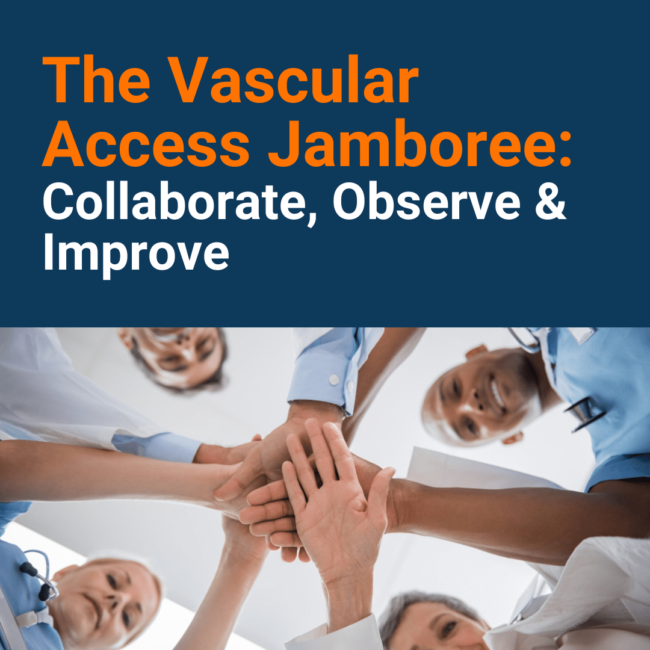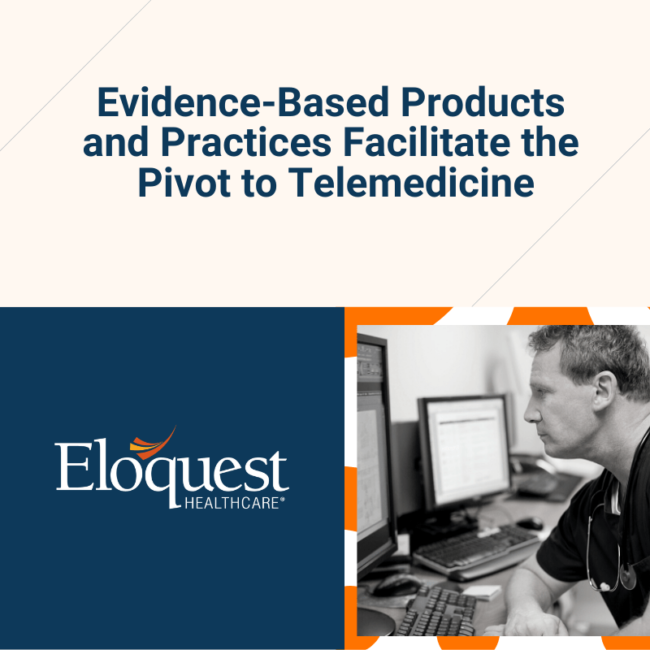IV Nurse’s Day: Recognizing the Infusion Specialty
In celebration of IV Nurses Day taking place this week on Tuesday, January 25th, we felt it timely to review our favorite 3 Questions with… vlog segments including notable thought leaders in the world of vascular access. If you’re not familiar, 3 Questions with… features some of the finest thought leaders in healthcare specialties answering…











